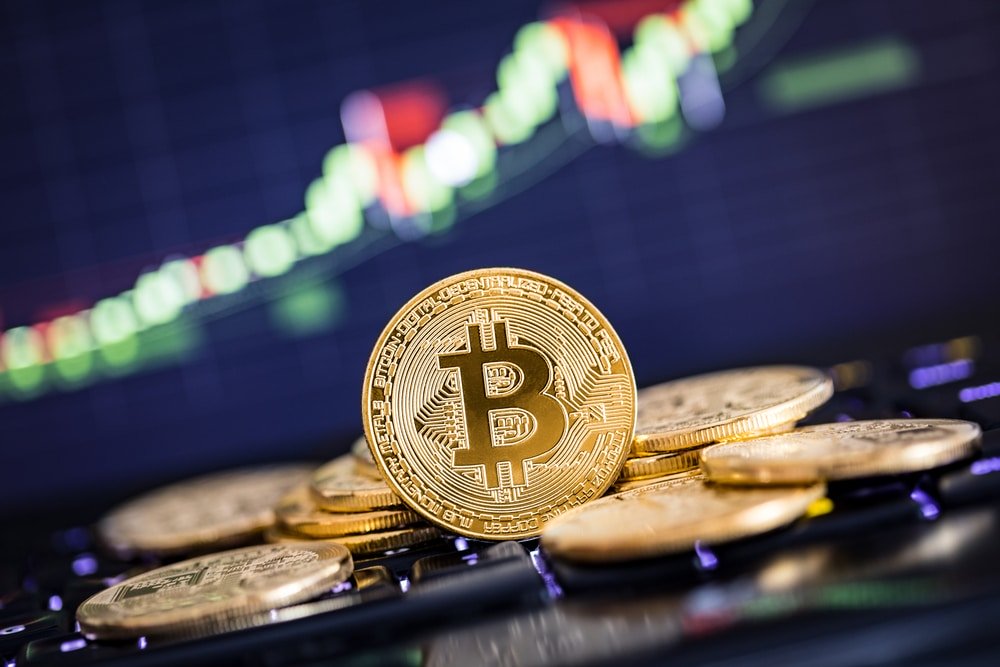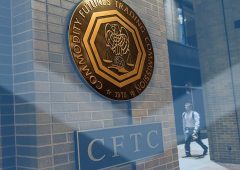Whale Leverages $30M on Bitcoin: Is a Parabolic Move Coming?
11.06.2025 21:00 1 min. read Alexander Stefanov
A mysterious crypto whale has quietly amassed a huge leveraged position in Bitcoin, deploying nearly $30 million across several transactions in just three days.
On-chain data from Lookonchain shows the investor began by moving $10 million in USDC to the Hyperliquid platform, where they opened a 20x long position. Additional deposits followed, bringing the total to over $22 million in collateral.
This aggressive bet now gives the trader exposure to nearly 3,900 BTC—worth around $425 million—with an average entry near $108,600. The position’s liquidation sits at $103,100, and unrealized profits already exceed $3.5 million.
This move comes amid renewed bullish sentiment for Bitcoin, which recently broke above $110,000. Analysts suggest the next leg up could take the price toward $150,000. TradingShot pointed out that BTC has broken out of bearish setups and is repeating historical patterns that previously led to triple-digit gains.
Michaël van de Poppe sees the current zone between $107,000 and $108,000 as a strong buying opportunity before another leg up. Meanwhile, PlanB projects BTC could close June near $130,000 if momentum holds, and Bernstein continues to forecast a long-term rise to $200,000.
Institutional demand adds fuel to the rally. Strategy (formerly MicroStrategy) added 1,000 BTC this week, and Bitcoin ETFs now hold over $120 billion in assets, highlighting its growing status as a mainstream financial instrument.
-
1
Bitcoin Enters new Discovery Phase as Profit-Taking Metrics rise and outflows dominate
06.07.2025 8:00 2 min. read -
2
U.S. Lawmakers Target El Salvador With Crypto Sanctions Plan
10.07.2025 15:00 2 min. read -
3
Strategy’s $60 Billion Bitcoin Portfolio Faces Mounting Risks, CryptoQuant Warns
10.07.2025 16:36 3 min. read -
4
Esports Giant Moves Into Bitcoin Mining
05.07.2025 13:00 2 min. read -
5
Bitcoin Dominance Nears Key Resistance — Is Altseason Coming Next?
13.07.2025 17:00 2 min. read
Societe Generale Backs Bitcoin and Ethereum ETP Expansion
French banking giant Societe Generale has entered the crypto space more directly, forming a strategic partnership with 21Shares.
Strategy Launches $2 Billion Raise to Buy More Bitcoin
MicroStrategy is doubling down on its Bitcoin strategy with a massive $2 billion fundraising move. Originally planned at $500 million, the company expanded its offering after seeing strong investor demand.
Arkham Intelligence: U.S. Government Holds at Least 198,000 BTC
The U.S. government now holds over 198,000 BTC, valued at approximately $23.5 billion, according to data from Arkham Intelligence.
Tesla Q2 Earnings Surge on Bitcoin Rally and AI Growth
Tesla stunned investors in Q2 2025 with a $1.2 billion profit, nearly tripling its previous quarter’s net income.
-
1
Bitcoin Enters new Discovery Phase as Profit-Taking Metrics rise and outflows dominate
06.07.2025 8:00 2 min. read -
2
U.S. Lawmakers Target El Salvador With Crypto Sanctions Plan
10.07.2025 15:00 2 min. read -
3
Strategy’s $60 Billion Bitcoin Portfolio Faces Mounting Risks, CryptoQuant Warns
10.07.2025 16:36 3 min. read -
4
Esports Giant Moves Into Bitcoin Mining
05.07.2025 13:00 2 min. read -
5
Bitcoin Dominance Nears Key Resistance — Is Altseason Coming Next?
13.07.2025 17:00 2 min. read


